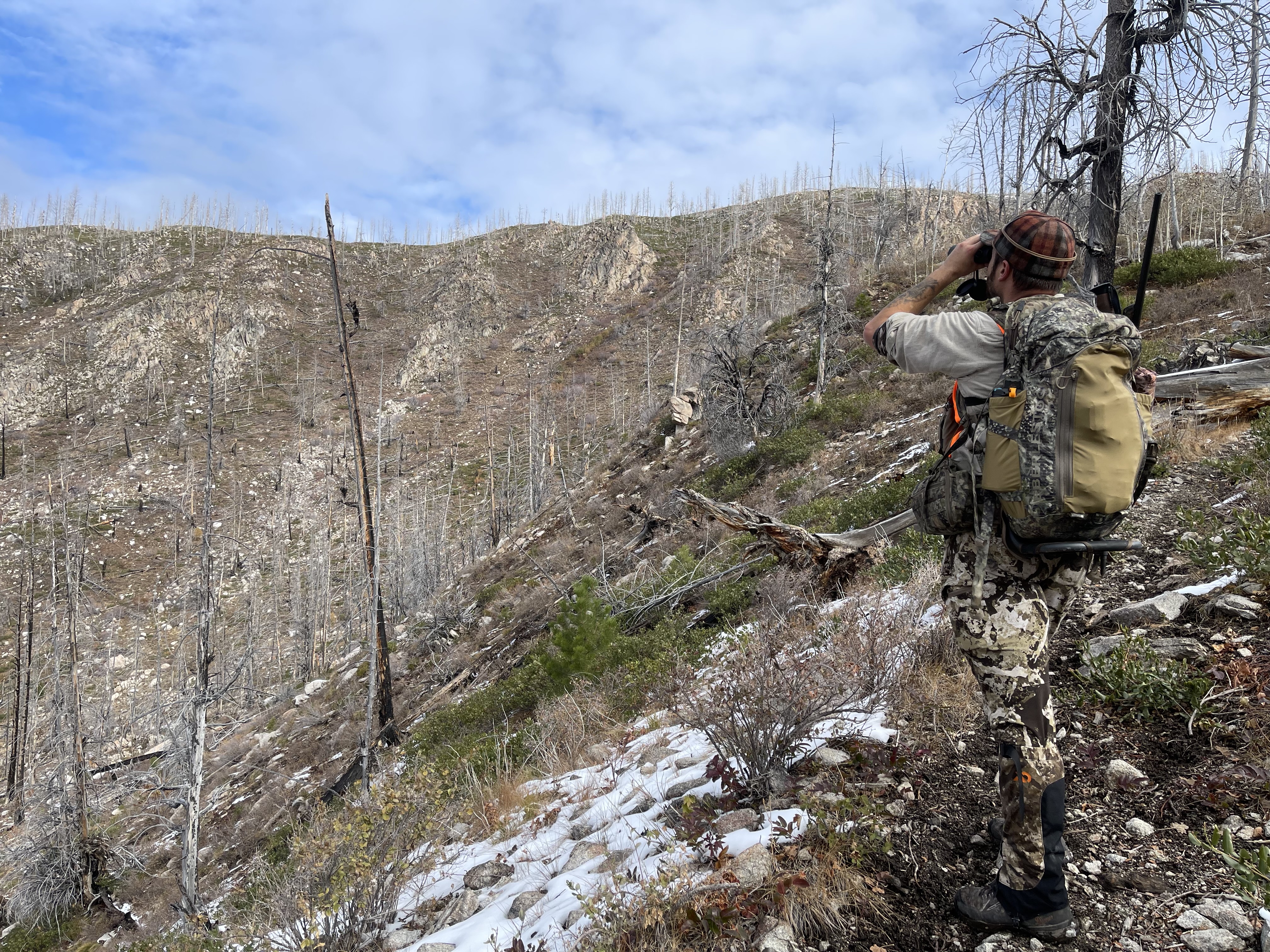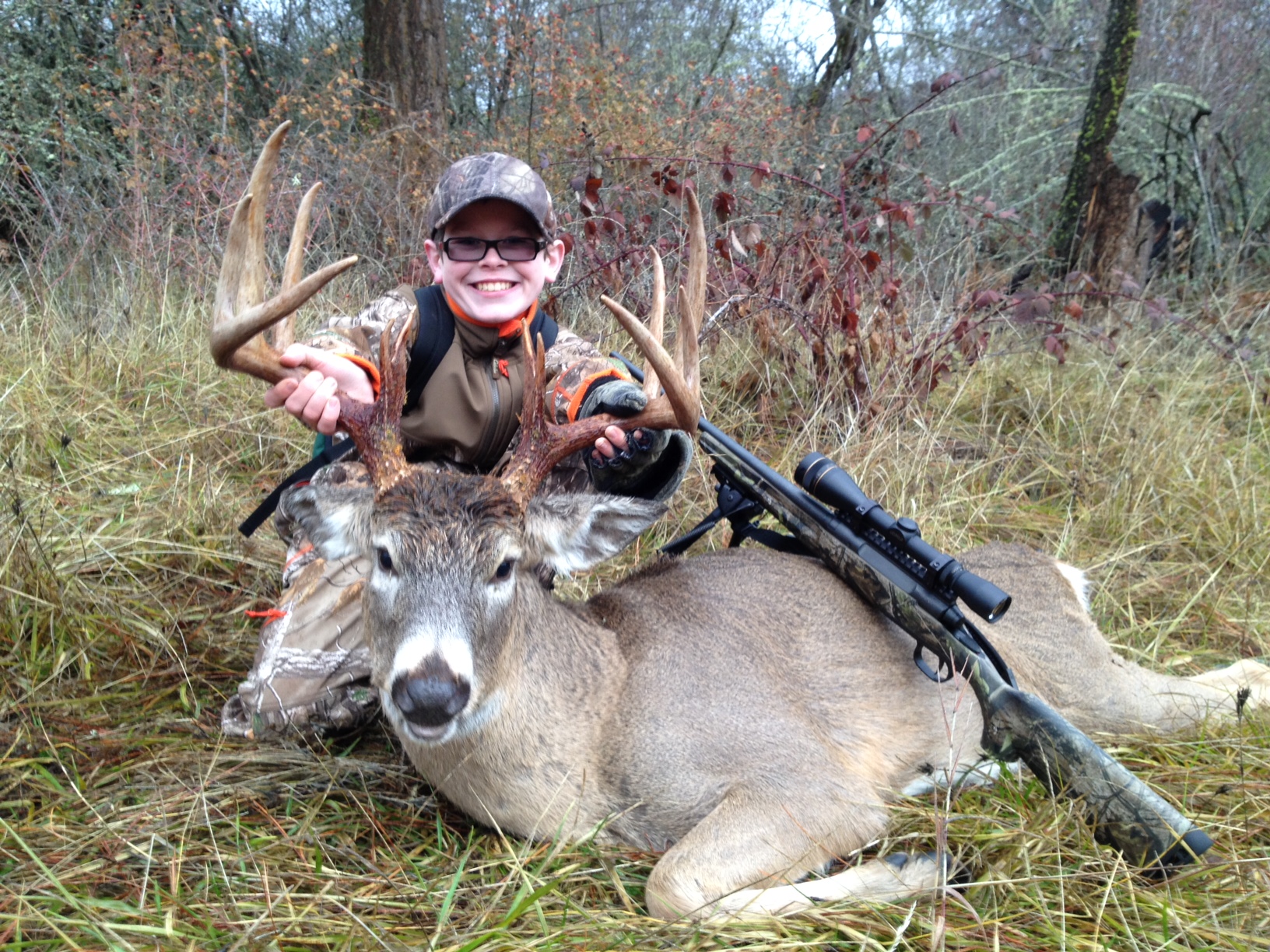Overview
Deer and elk hunting in Idaho will be similar to last year, but hunters in eastern Idaho will likely see firsthand the effects of a brutal winter that hit mule deer hard. Elk herds remain stable to increasing in most of the state. White-tailed deer in the Clearwater area could see a modest bump as herds start to recover from the deadly 2021 outbreak of epizootic hemorrhagic disease, and as most are aware by now, last year’s winter wreaked havoc on eastern Idaho’s mule deer population, particularly fawns.
From a statewide perspective, Idaho’s deer and elk herds remain healthy and resilient despite those setbacks, and statewide populations remain within traditional fluctuations.


















